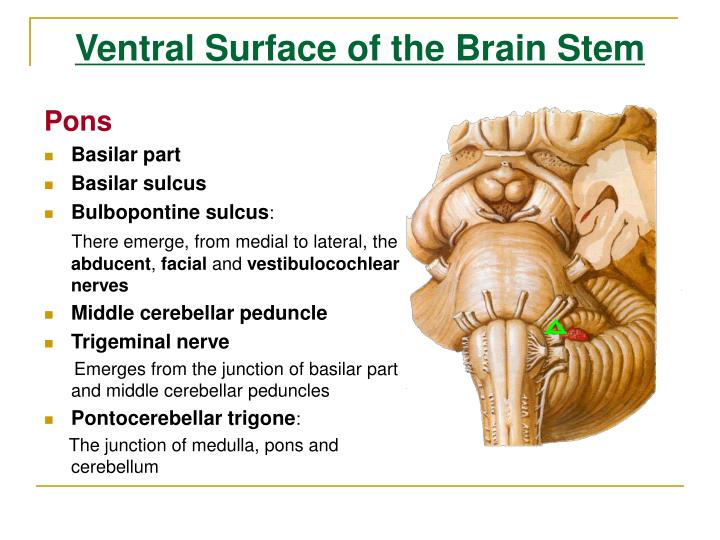

The largest study to date consists of 92 healthy controls, mainly in their 60s, not separated by sex and not otherwise specified. Nevertheless, what is missing for effective clinical translation of these quantitative brainstem biomarkers to neuroradiologic practice is sex-specific normative data from a large number of healthy subjects from the general population in the appropriate decades of life when parkinsonian disorders first present. 1 ⇓ ⇓ ⇓ ⇓ ⇓- 7, 10, 12, 16 ⇓ ⇓ ⇓ ⇓ ⇓ ⇓ ⇓ ⇓- 25 These studies demonstrate the potential of using easily accessible quantitative brainstem biomarkers to differentiate among parkinsonian disorders and between healthy controls and patients. 3, 9, 18 Both qualitative and quantitative analysis of the degree of midbrain atrophy, the midbrain-to-pons ratio (M/P ratio), and the Magnetic Resonance Parkinsonism Index have been used to investigate and distinguish patients with PSP, MSA, and PD from one another and from healthy controls. 1 ⇓- 3, 5, 12, 14 ⇓ ⇓- 17 In MSA, atrophy of the putamen is seen, and in the cerebellar variant of the disease, atrophy of the middle cerebellar peduncle (MCP) is typical.

9, 13 In PSP, atrophy of the superior cerebellar peduncle (SCP) and midbrain is characteristic, the latter showing the well-known Hummingbird sign. Neuroimaging used to identify specific patterns of atrophy is included in the diagnostic criteria for some parkinsonian disorders. 1 ⇓- 3, 7, 10 ⇓- 12 However, for such biomarkers to be reliable, they must be accurate and have high external validity, preferably based on normative data. 8, 9 Reliable neuroradiologic biomarkers derived from standard MR imaging scans analyzed with conventional radiologic tools can be important for an early and correct diagnosis of these parkinsonian disorders.
Brain stem pons psp#
1 ⇓ ⇓ ⇓ ⇓ ⇓- 7 Differentiating these disorders is, however, highly relevant because PSP progresses more rapidly than PD, 8 and neither PSP nor MSA responds well to levodopa therapy in contrast to PD. ABBREVIATIONS: BMI body mass index MCP middle cerebellar peduncle M/P midbrain-to-pons MRPI Magnetic Resonance Parkinsonism Index MSA multiple system atrophy PSP progressive supranuclear palsy PD Parkinson disease SCP superior cerebellar peduncleĭistinguishing the different parkinsonian disorders, such as progressive supranuclear palsy (PSP), multiple system atrophy (MSA) of the parkinsonian type, and Parkinson disease (PD) can be difficult due to their overlapping clinical presentations, especially in the early stages when the clinical presentations are ambiguous.


 0 kommentar(er)
0 kommentar(er)
